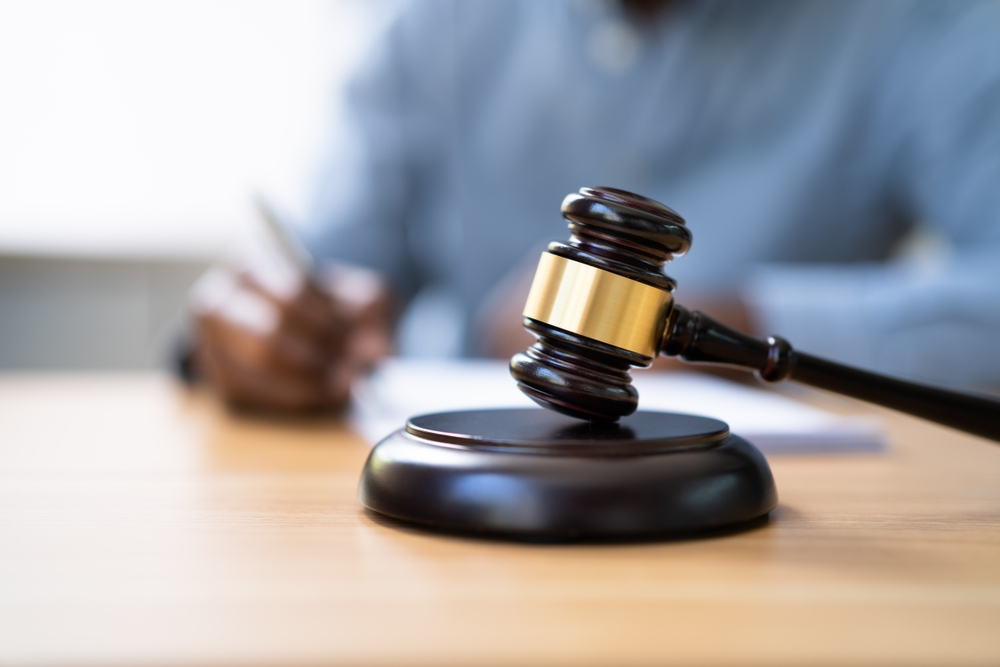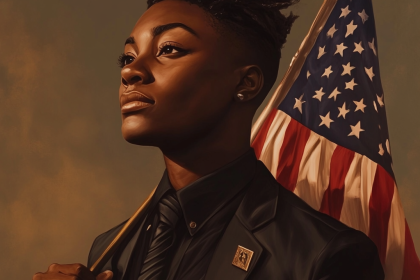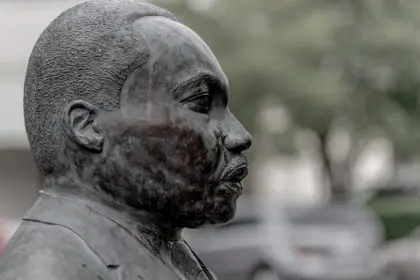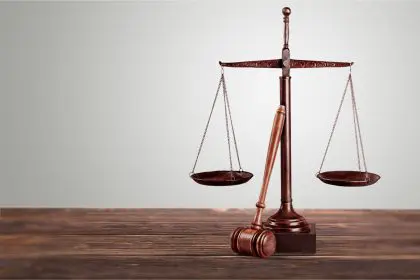The American judicial system’s evolution reflects society’s changing values and understanding of fundamental rights. Each era brings new challenges and interpretations that shape the foundation of law and justice in the United States.
Through pivotal Supreme Court decisions, the interpretation and application of law have transformed, creating lasting impacts on civil rights, criminal justice, and personal freedoms. These landmark rulings serve as cornerstones for modern legal precedents, influencing everything from educational equality to personal privacy rights.
The fight for educational equality
The 1954 Brown v. Board of Education case marked a decisive turning point in American civil rights history. This Supreme Court ruling dismantled the legal framework supporting racial segregation in public schools, effectively overturning the previous Plessy v. Ferguson decision and its separate but equal doctrine. The impact extended far beyond education, catalyzing the broader Civil Rights Movement and establishing a legal foundation for challenging systemic racism.
The Court’s decision recognized that segregated educational facilities were inherently unequal, violating the Equal Protection Clause of the Fourteenth Amendment. This ruling set crucial precedents for:
- Challenging discriminatory practices in other public institutions
- Establishing federal authority in civil rights enforcement
- Creating legal frameworks for integration policies
- Advancing equal protection under the law
Redefining reproductive rights
The 1973 Roe v. Wade decision fundamentally altered the landscape of reproductive healthcare in America. The Supreme Court’s ruling established constitutional protections for abortion access, grounding its decision in the right to privacy found within the Fourteenth Amendment’s due process clause.
This landmark case created a national framework for abortion regulations, balancing state interests with individual rights. The decision sparked ongoing debates about reproductive healthcare access, privacy rights, and state authority over personal medical decisions.
Protecting criminal suspects’ rights
Miranda v. Arizona transformed criminal justice procedures in 1966 by establishing clear requirements for law enforcement interactions with suspects. The ruling mandated that police inform individuals of their constitutional rights before custodial interrogation, including:
- The right to remain silent
- The warning that statements can be used as evidence
- The right to legal representation
- The provision of court-appointed attorneys for those unable to afford one
This decision strengthened constitutional protections against self-incrimination and established standardized procedures that remain central to criminal justice practices.
Ensuring equal access to legal representation
The 1963 Gideon v. Wainwright case addressed a fundamental inequity in the criminal justice system. Before this ruling, many defendants faced serious criminal charges without legal representation simply because they couldn’t afford attorneys. The Supreme Court’s unanimous decision established that:
The Sixth Amendment guarantees legal counsel for all defendants facing serious criminal charges, regardless of their financial status. This ruling led to the creation of public defender systems nationwide, fundamentally altering the criminal justice landscape and strengthening the principle of equal justice under law.
Expanding marriage equality
The 2015 Obergefell v. Hodges decision represented a historic advancement in civil rights, establishing marriage equality as a constitutional right. The ruling extended marriage rights to same-sex couples nationwide, ensuring that their relationships received equal recognition and protection under law.
This decision’s impact extended beyond marriage licenses, affecting:
- Health care benefits and insurance coverage
- Inheritance rights
- Parental rights
- Tax benefits
- Social Security benefits
- Military family benefits
Conclusion
These landmark decisions demonstrate the judiciary’s crucial role in advancing civil rights and ensuring equal protection under law. Each case represents a significant step toward creating a more equitable justice system, though ongoing debates and challenges continue to shape their implementation and interpretation.
The evolution of legal precedents through these cases shows how judicial decisions can both reflect and drive social change, ensuring that constitutional principles adapt to meet society’s developing understanding of justice and equality.
This story was created using AI technology.














